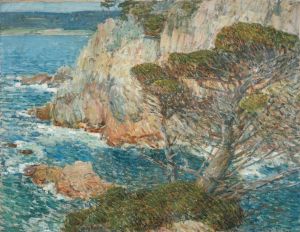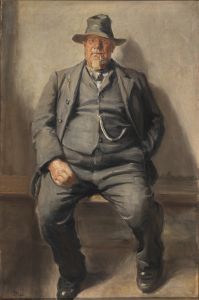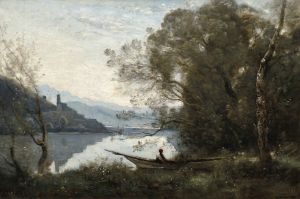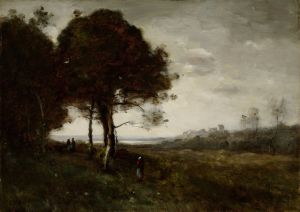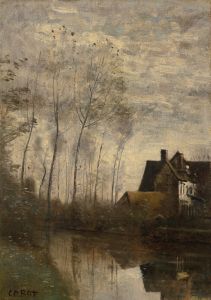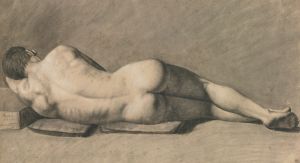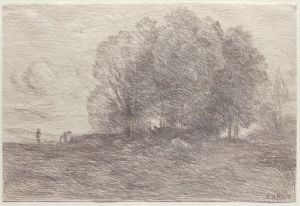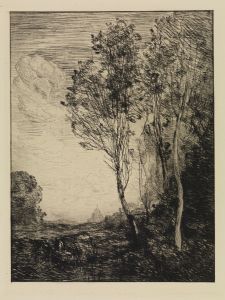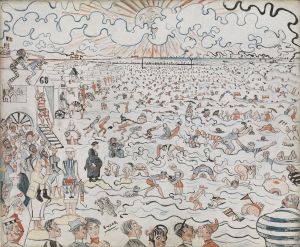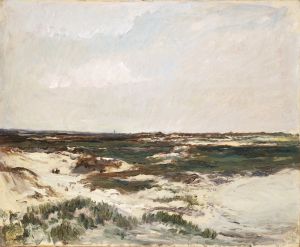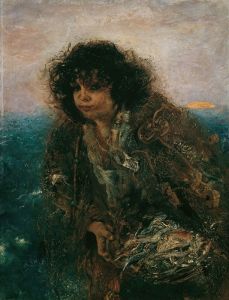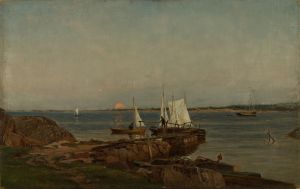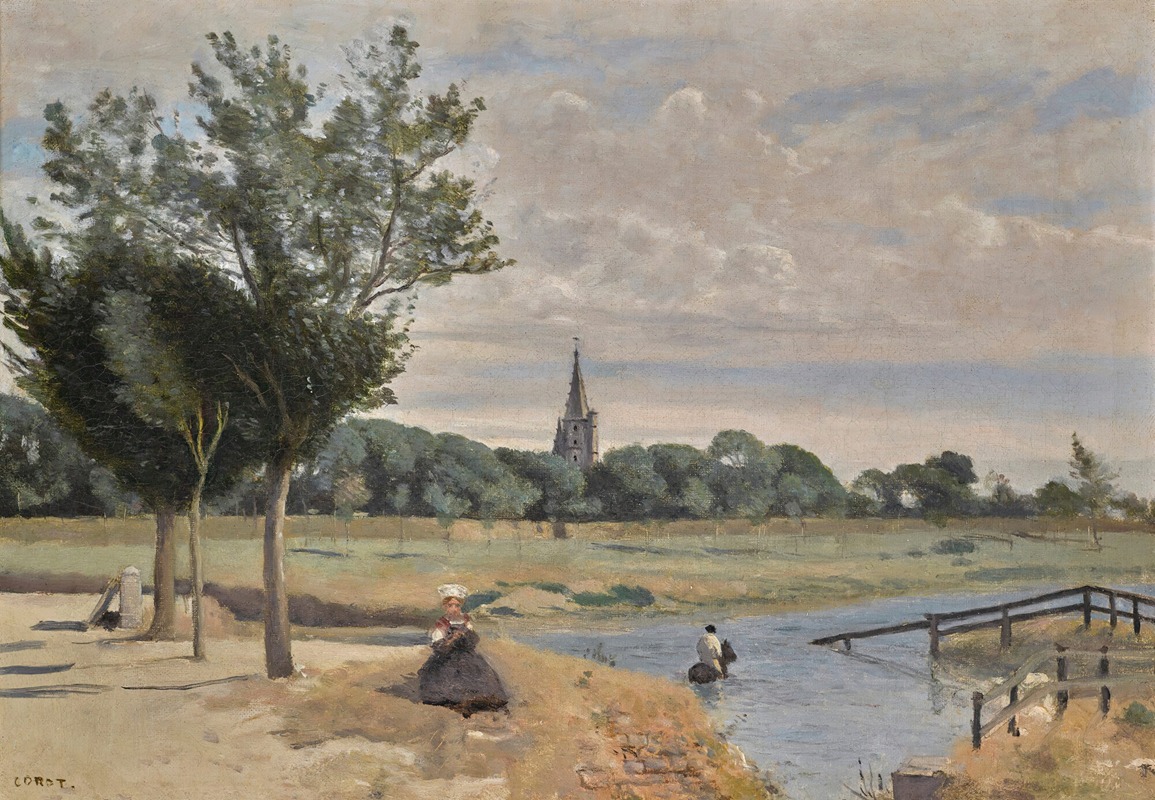
La Rochelle; L’Abreuvoir, Vue Prise Près Des Remparts, Avec La Tour De La Lanterne
A hand-painted replica of Jean-Baptiste-Camille Corot’s masterpiece La Rochelle; L’Abreuvoir, Vue Prise Près Des Remparts, Avec La Tour De La Lanterne, meticulously crafted by professional artists to capture the true essence of the original. Each piece is created with museum-quality canvas and rare mineral pigments, carefully painted by experienced artists with delicate brushstrokes and rich, layered colors to perfectly recreate the texture of the original artwork. Unlike machine-printed reproductions, this hand-painted version brings the painting to life, infused with the artist’s emotions and skill in every stroke. Whether for personal collection or home decoration, it instantly elevates the artistic atmosphere of any space.
Jean-Baptiste-Camille Corot was a prominent French landscape painter and a pivotal figure in the transition from traditional Neoclassical painting to the innovations of Impressionism. One of his notable works is "La Rochelle; L’Abreuvoir, Vue Prise Près Des Remparts, Avec La Tour De La Lanterne." This painting exemplifies Corot's mastery in capturing the serene beauty of natural and architectural elements.
The painting depicts a scene in La Rochelle, a historic port city on the western coast of France. The city is known for its well-preserved medieval architecture and its significant role in maritime history. In this work, Corot focuses on the area near the city's ramparts, featuring the iconic Tour de la Lanterne, one of the three medieval towers that have become symbols of La Rochelle. The Tour de la Lanterne, also known as the Lantern Tower, served historically as a lighthouse and a prison, and it is renowned for its distinctive conical roof and ornate design.
Corot's painting captures the tranquil atmosphere of the location, with an emphasis on the interplay of light and shadow. His use of a muted color palette and soft brushstrokes creates a harmonious composition that reflects the peacefulness of the scene. The abreuvoir, or watering place, in the foreground adds a pastoral element to the composition, suggesting a connection between the natural and built environments.
Corot's approach to landscape painting was innovative for his time. He often painted en plein air, or outdoors, to capture the natural light and atmosphere of a scene directly. This method allowed him to infuse his works with a sense of immediacy and authenticity. While Corot's style is rooted in the classical tradition, his focus on naturalism and his ability to convey mood and atmosphere influenced the later Impressionist painters, who admired his work for its poetic qualities.
"La Rochelle; L’Abreuvoir, Vue Prise Près Des Remparts, Avec La Tour De La Lanterne" is a testament to Corot's skill in blending architectural and natural elements into a cohesive and evocative landscape. The painting reflects his deep appreciation for the beauty of the French countryside and his ability to translate that beauty onto canvas with sensitivity and precision.
Corot's legacy as a landscape painter is significant, and his works continue to be celebrated for their contribution to the development of modern art. His ability to capture the essence of a place with simplicity and elegance has earned him a lasting place in the history of art. This particular painting, with its depiction of La Rochelle, serves as a beautiful example of Corot's artistic vision and his enduring influence on the landscape genre.






